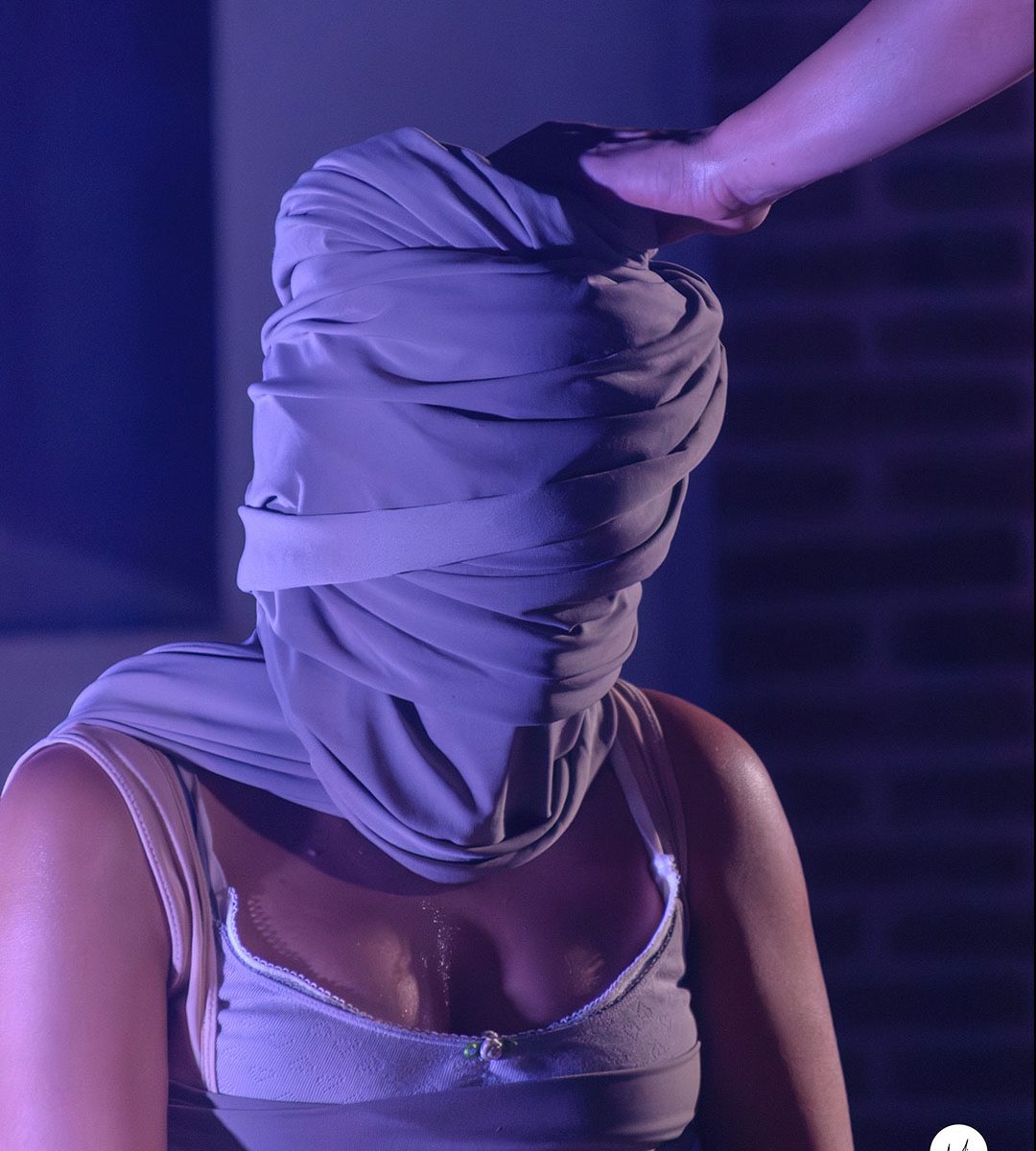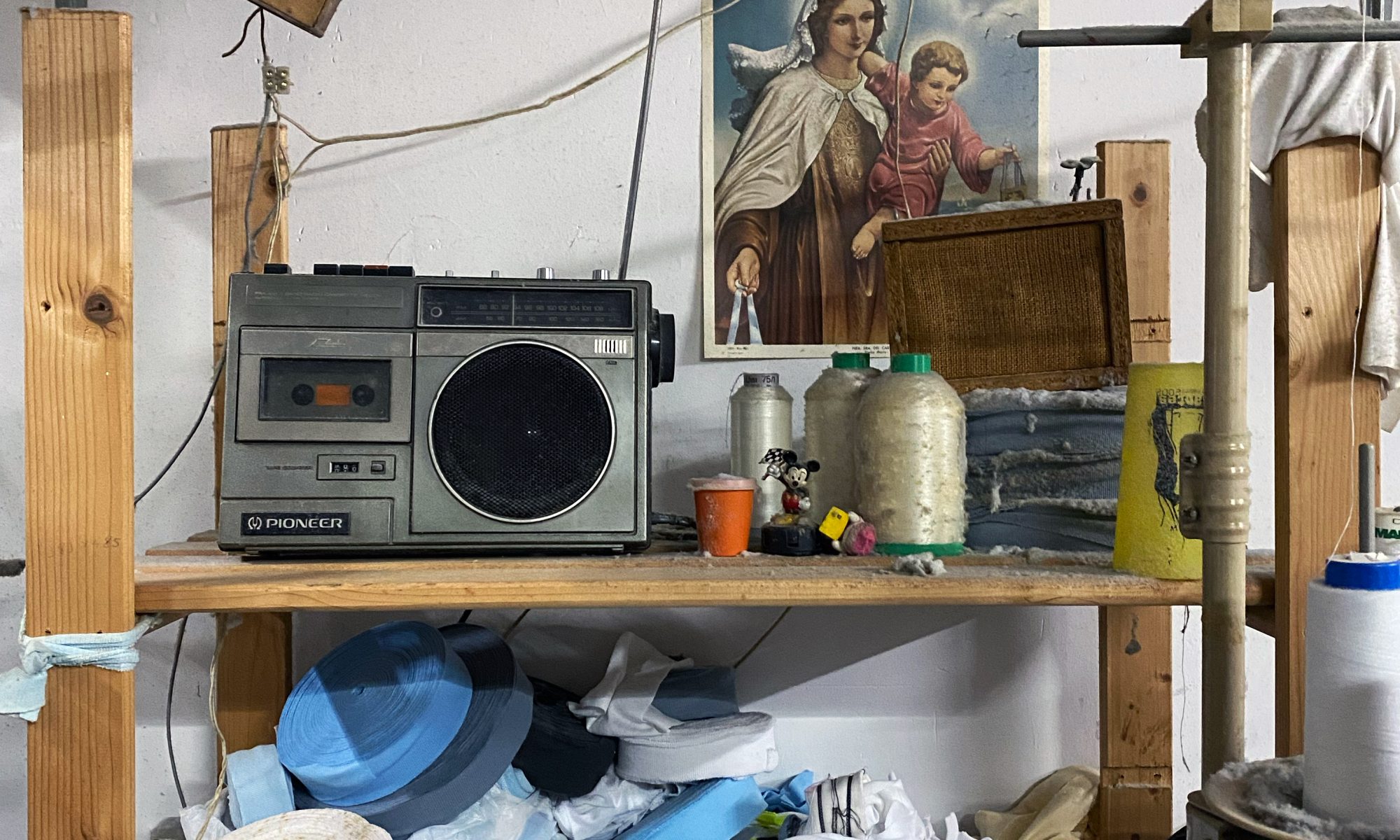Legado de las invisibles
Project funded by the Festival Nosaltres Grant in collaboration with the Fundació Iluro. Creation residency at Aula Teatre in Mataró. Premiered on August 14, 2025, within the framework of Nosaltres Festival in the gardens of l’Antic Escorxador, Mataró.
Legado de las invisibles is a performance project that is part of Imperio, an artistic research initiative that rescues the voices of women who worked in the textile industry in Catalonia. Through interviews and the analysis of historical documents, the project reconstructs their working conditions and connects them with contemporary dynamics of precariousness and exploitation.
The artistic production draws on the testimonies of women who sewed from their homes, outside the factories, a situation linked to the lack of work-life balance. Many of them left the factories upon becoming mothers and organized their textile work together with neighbors, friends, and family, while assuming the care of children, elderly relatives, and household tasks. These experiences inspired the performance, which addresses themes such as migration, sorority, multitasking, and the invisibility of these workers.
In addition, specifically for this piece, an electronic device has been developed that allows the dancers, through their movement, to control in real time the voices of the interviewed women. The piece connects the movement of dance with oral memory, creating a direct dialogue between body and testimony. Finally, these voices are projected in a video, showing the women’s faces as they share their experiences and reflect on key themes explored in the project.
Direction: Eneritz Tejada
Choreography and Performance: Anais Chandia and Carla San Martín
Sound Design: Cristian Cárdenas
Costume Design: Ambar Murgia and Carmen Cabellos
Production Assistant: Esmeralda Diaz
Visuals: Laura de Miguel
You can see the first phase of the project here








